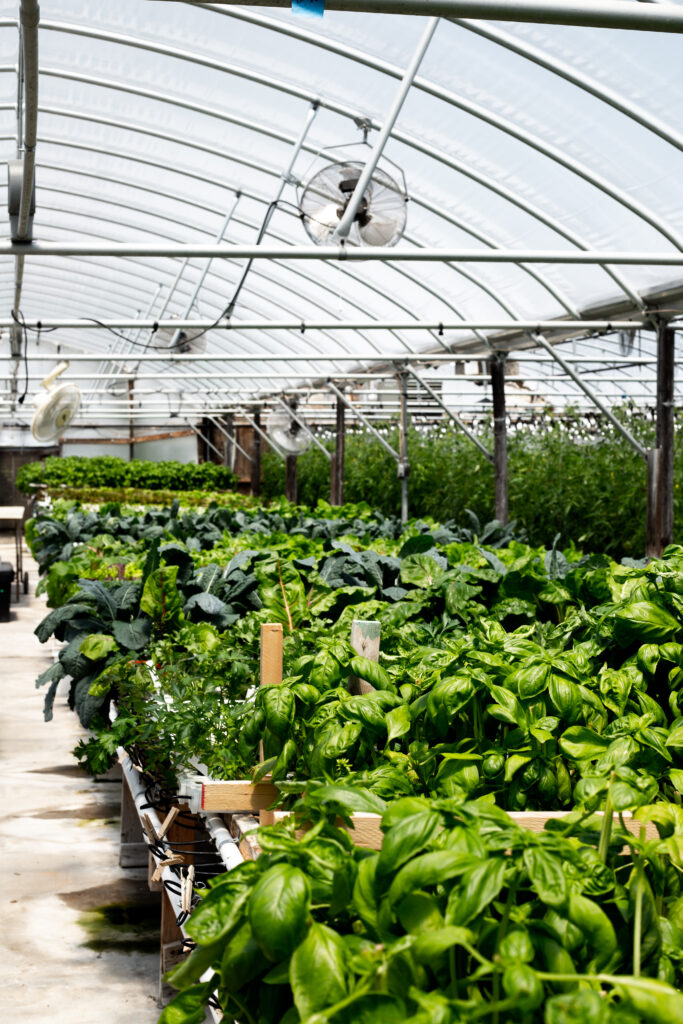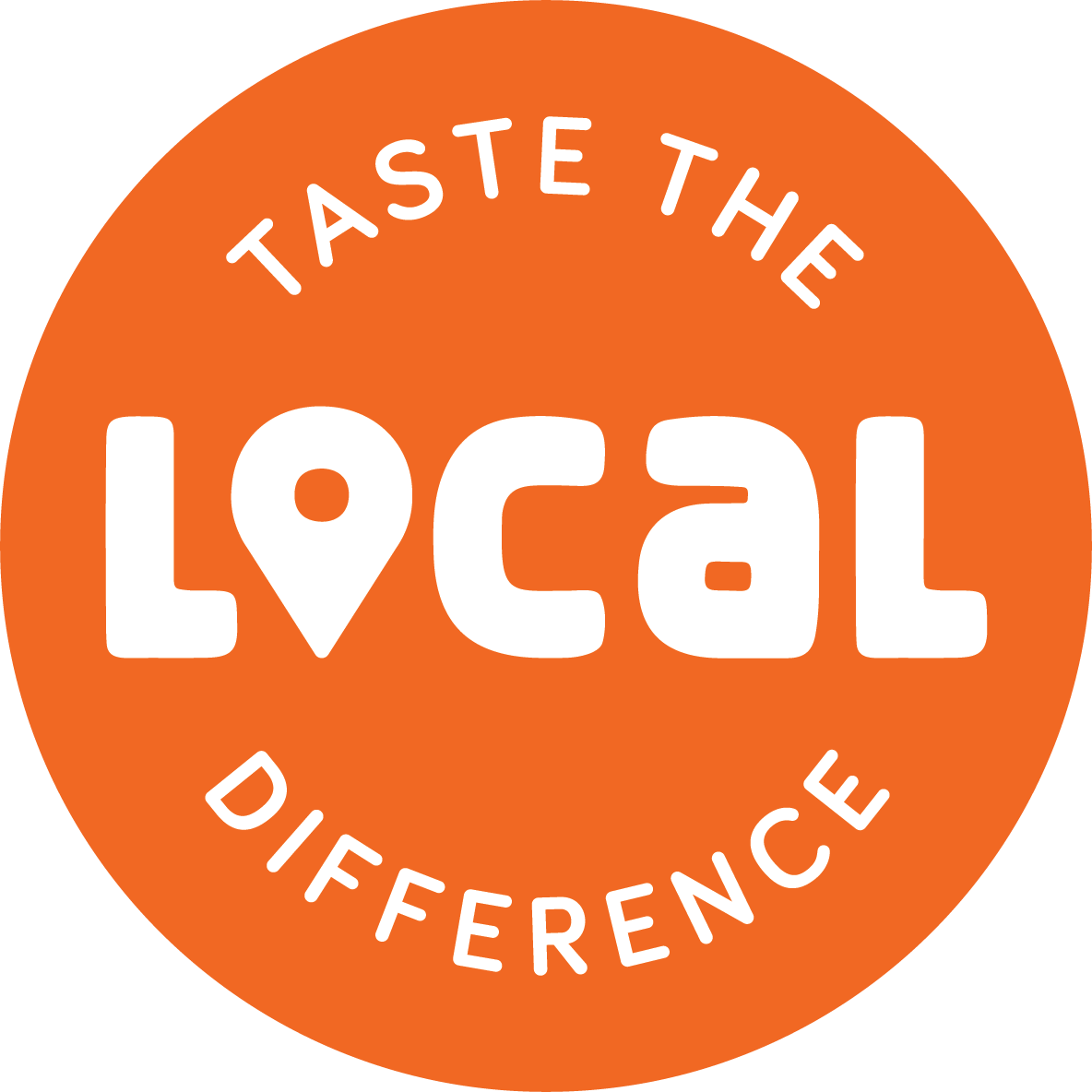Drive along a country road in Northwest Michigan and you’ll pass charming farm stands and fields of green – and large farm buildings. Some of what you’ll see are hoop houses and greenhouses, which are a vital part of many small farm businesses. Greenhouses are heated glass or plastic-walled structures that create a controlled environment for optimal growing, and hoop houses are smaller structures, made with hoops, that act as passive solar structures. Both offer farms unique opportunities to extend the short Michigan growing season and offer a wider range of market offerings.

Greenhouses and Northern Michigan Farming
Nicole Mezeske of Z&N Farm in Bear Lake connects the dots by saying, “Our high tunnels {hoop houses} have allowed us more control over the elements, leading to better and more consistent harvests which means feeding more people in our community.” Their greenhouse offers successions of salad greens, spinach, and closer to the summer, hot-weather-loving tomatoes, cucumbers, and basil. Utilizing a high tunnel system makes it possible to farm these items more efficiently, and for longer, in spite of the realities of Northern Michigan weather.
In Traverse City, Lakeview Hill Farm hand-built three greenhouses in the first 3 years of their business to offer fresh greens year-round, including bunching greens such as kale and celery, and even bok choy. Their now 5 greenhouses and 6 hoop houses are supported by other technology like flood tables and soil steaming to support the year-round growth of microgreens and rotation of crops grown in the ground.
Community Development and Relationship Manager Michelle Jacokes says the farm is not only able to start with tomato and cucumber plantings in March but also with root veggies like carrots and radishes in early spring in their caterpillar tunnels (like a hoop house, but smaller) close to the road. Another advantage of employing the use of high tunnel systems made by the farm is that keeping a year-round rotation of crops made available by this technology allows the farm to offer year-round employment.
Down the road in Suttons Bay, TLC Farms hosts a 10,000-square-foot greenhouse, currently the home of about 2,000 tomato babies. This farm utilizes hydroponics to grow indeterminate tomatoes from mid-May to October, complemented by 7,000 heads of lettuce, as well as peppers, cucumbers, eggplant, and green beans. Owners and operators Anne Cunningham and Joe Vanderbosch are self-described “relative newbies” to the agriculture field, and were drawn in by the appeal of farming without large operating equipment, inclement weather risks, and other environmental issues out of their control. Their greenhouse has the added benefit of extending their growing season, allowing them to offer tomatoes both earlier and later than traditional farmers.
Ready to take a peek inside?
Check out what you’ll find in these farmer’s greenhouses at this time of the year:






Next time you pass a big white structure on a farm in Northwest Michigan on a cold early spring morning, just imagine all the green living inside, waiting to be a fresh tomato on your first summer BLT!
